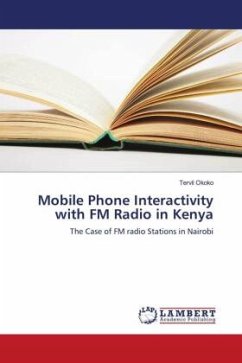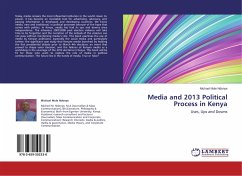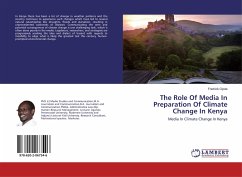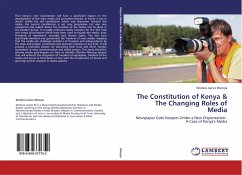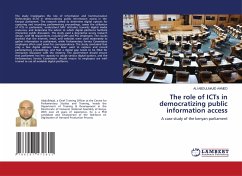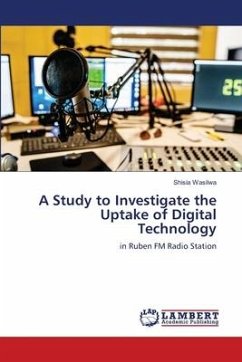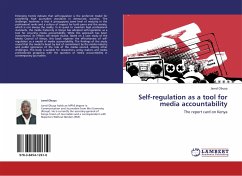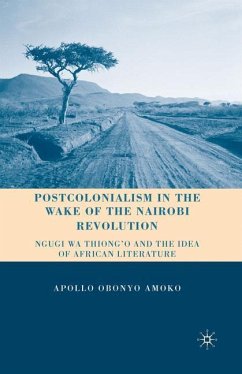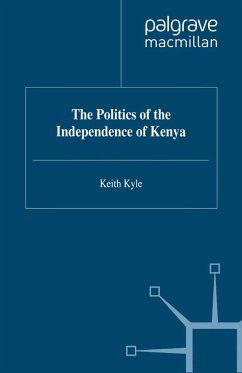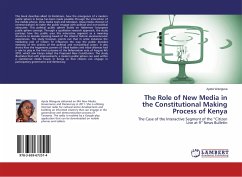
The Role of New Media in the Constitutional Making Process of Kenya
The Case of the Interactive Segment of the "Citizen Live at 9" News Bulletin
Versandkostenfrei!
Versandfertig in 6-10 Tagen
27,99 €
inkl. MwSt.

PAYBACK Punkte
14 °P sammeln!
This book describes albeit its limitations, how the emergence of a modern public sphere in Kenya has been made possible through the interaction of the mobile phone, (new media tool) and television, (mass media channel of communication) to make the public engage with political and non-political advocates. This political public sphere builds on Habermas' bourgeois public sphere concept. Through a qualitative research approach, the study portrays how the public uses this interactive segment as a meaning structure to decode meaning based of the citizens' historic social-economic experiences. The s...
This book describes albeit its limitations, how the emergence of a modern public sphere in Kenya has been made possible through the interaction of the mobile phone, (new media tool) and television, (mass media channel of communication) to make the public engage with political and non-political advocates. This political public sphere builds on Habermas' bourgeois public sphere concept. Through a qualitative research approach, the study portrays how the public uses this interactive segment as a meaning structure to decode meaning based of the citizens' historic social-economic experiences. The study however, points out that in some instances the mediating role of Citizen TV influences the way the public decodes meaning of the actions of the political and non-political actors. It also shows how the hegemonic powers of tribal leaders and tribal alliances had a role to play in the final outcome of the Referendum vote of August 4th 2010, which saw Kenya adopt the Proposed New Constitution. The study illustrates that with improvements, a modern public sphere can exist within a commercial media house in Kenya so that citizens can engage in participatory governance and democracy.



